These days, there is an enormous amount of information available on celestial navigation.
Which means there is also a lot of noise to sift through.
And when you do sift through it, you still have to answer one question:
How do you apply all of this knowledge practically on board the ship.
Talking specifically about star sight, there are tons of resources that deals with the calculation part.
Be it Longitude by chronometer or intercept method calculations.
Most of us know all these calculations but only that much. But how can we use these to calculate the sight ?
In this post, I will show you step wise procedure to use the star sight to calculate your position on board.
Let us start.
Basics of celestial sight
I have covered the basics of the celestial navigation in a different article. You can read this article by clicking on here.
And if you have read it you would know that celestial navigation is based on calculation of zenith distance and azimuth of the celestial body.
Zenith distance and altitude of the celestial body are inter-related. Here is the relation.
Zenith distance + True Altitude = 90 Degrees.
All we want is True altitude of the celestial body which can be calculated by measuring the altitude of the celestial body by a sextant and applying few corrections to the measured altitude by sextant.
I won’t go more deep into the calculations part. I assume you already know that.
Sextant altitude is measured by bringing the celestial body on the user’s visible horizon and reading the altitude from the sextant.
Here is a video that explains the use of sextant.
Step 1: Calculate the twilight time
So far so good. For measuring the sextant altitude two things should be visible.
- Celestial body
- Horizon
But the issue with the star sight is that, stars are visible at night and horizon is visible when there is daylight.
Or, when the horizon is clearly visible, there aren’t any stars in the sky and when the stars are visible, the horizon isn’t visible.
Then how do we measure the sextant altitude of the stars?
Nautical twilight is the time when some stars may be visible and during the hours of twilight there is still some daylight that horizon is visible too.
The name “Nautical twilight” is given because this is the time when mariners can see both the horizon and stars and is ideal for the star sight.
But how to know the time for the Nautical twilight?
The twilight time is given in the nautical almanac.
In the morning, the period from complete darkness to the sunrise is divided into three twilights.
We are interested in the period of Nautical twilight.
With respect to times mentioned in the nautical almanac, this would be the period between the time of “nautical twilight” and “Civil twilight”.
So for morning star sights, we need to calculate the nautical twilight time from the almanac. That would be the time we need to start looking for the visible stars.
For the evening twilight, here is how the period from sunset to complete darkness is divided.
So for evening twilight, can you guess what time you should start looking for the stars for star sight?
Or in other words, what is the time for start of nautical twilight?
Yes, you got it right !!!
Civil twilight time mentioned in the almanac is the time of “end of civil twilight” and “start of the nautical twilight”.
For evening star sights, this is the time we would be interested in.
The twilight time given in the Almanac are LMT. This need to be converted to the ship’s time so that we know at what time (ship’s time) will be nautical twilight.
Let us say the DR position is
- Latitude: 25 degrees 00 Minutes (North)
- Longitude: 070 Degrees 00 Minutes (East)
Ship’s Time is: GMT + 5 Hours
Date: 19th January 2018, Evening star sight
From the Nautical Almanac, get the time of evening civil twilight (start of Nautical twilight) for 25 degrees North.
You will need to interpolate as the times are for 20 degrees North and 30 degrees north. Here is the calculation to calculate civil twilight time as per the ship’s time.
So in this case we need to be ready with the sextant at 1720 Hrs ship’s time (1320 Hrs GMT) looking for the stars.
Step 2: Find the information on available stars
If you see the time period of the nautical twilight (start and end of nautical twilight) from the nautical almanac, you would note it to be less than 30 minutes in most cases.
Ideally we would have around 10 minutes of the times to take the sextant altitude of the stars.
If we don’t know where to look for in the sky, or which star we are planning to measure the sextant altitude for, we will never be able to take the star sight.
In other words, period of nautical twilight is never enough to look for the stars, identify the star and measure it’s sextant altitude.
Remember that we need identify at least three stars separated perfectly from each other (close to 120 degrees difference in azimuth) for a perfect star sight.
So what do we do?
We need to know before hand about
- Which stars would be available for star sight
- The stars we plan to use for the star sight
- Approx Azimuth of these stars so that we know which direction to look for these stars
- Approx altitude of these stars so that we know how high in the sky to look for these stars
This is where star finder (NP 323) is used to find this information.
NP 323 (Star finder) consists of one sheet for the layout of the stars. This sheet has two sides, one for Northern hemisphere and other side for southern hemisphere.
It also consists of transparent templates for different latitudes of the observer.
The instructions for use of star finder are clearly given on the star finder sheet.
In a nutshell, here is what we need to do.
Calculate the LHA Aries for the time of observation. As we discussed we need to take the star sight at start of Nautical twilight. For evening sights this is Civil twilight time in the Almanac.
Choose the transparent template nearest to the DR latitude. So if our DR latitude is 27 degrees, we need to choose 30 degrees template.
We need to place the transparent template on the star finder sheet as per the instructions above.
The stars inside the web of lines are the stars that would be visible to you at the time of nautical twilight.
Now we need to choose the best 3 stars among these stars.
What do we mean the best stars for star sight? The criteria is
- The star need to a bright star so that it is easily visible during the twilight, and
- The azimuth of the three chosen stars should form as close equilateral triangle as possible
Let me explain these two points.
The brightness of the stars is denoted by different symbols of the stars in the star finder.
All these stars are visible to the human eye but considering that there isn’t complete darkness during twilight, we must try to choose the stars with magnitude 2.0 or less (preferably with magnitude less than 1.0).
Apart from brightness of the stars, we also need to take into account the azimuth of the stars.
We do not want to select stars with azimuth line parallel to the other selected stars.
This is because then the position lines that we will get from the star sight will be close to parallel to each other. And that is not good for getting the position of the ship.
For example, in the below configuration star Vega and star Altair both are bright stars but we cannot choose both of these.
This is because the azimuth of the Vega is 220 degrees and azimuth of Altair is 230 degrees. Both of these stars are separated by only 10 degrees.
If we choose these two stars the position lines that we will get from these stars will be separted by only 10 degrees.
So if I have to pick three stars from the below, I would pick
- Arcturus with Azimuth around 105 degrees
- Alioth with Azimuth around 160 degrees
- Vega with Azimuth around 220 degrees
Apart from azimuth, we also need to note down the approx altitude of the selected star.
For example in below picture, the approx altitude of Vega is 55 degrees.
So with the help of star finder (NP 323), we will be able to choose three stars that we need for star sight.
Also we will have the approx azimuth and altitude of these stars.
Step 3: Find the selected stars in the sky
Now we know the stars we need to star sight and its location in the sky. So when the nautical twilight starts, be ready with the sextant to measure the altitude of the selected stars as these become visible.
Keep on looking in the direction the azimuth of the selected star. For example from the bridge wing gyro repeater, look where is 105 degrees.
The star Arcturus will be visible in this direction.
But then the question is, how high in the sky to look for this star ?
You can get this information by measuring the sky with your fist. Height of one fist is equal to 10 degrees of altitude.
So for star Arcturus (approx altitude 60 degrees), start from the horizon (in the direction of 105 degrees bearing) and measure height of 6 fist. This is where this star would appear.
Do same for other two stars and get to know the approximate position where you would expect the star to appear.
Now keep on looking closely in these three locations in the sky and measure the sextant altitude of the star as soon as the star appear.
Step 4: Measure the sextant altitude
Before you get ready for measuring the sextant altitude, get to know the “Index error” of the sextant. (I am not eleborating on the sextant errors in this post).
Now as you see your selected stars in the sky, measure its altitude by sextant.
Do not forget to note down the exact time of measuring the sextant altitude. Inaccuracy in noting down the time can cause error in final position of the ship.
Step 5: Calculate the position line and position through which to draw it
It’s calculation time now.
For each observation, calculate the position line. For star sights, intercept method is preferred for calculations.
With the intercept method, we get by calculations
- the intercept (towards azimuth or away from azimuth)
- Azimuth
- Position line (90 degrees from the azimuth)
We already know the DR position of the ship. With these values we can plot the position line on the chart.
Let us say that for star Arcturus, we got
- Intercept : 1.0 NM towards azimuth
- Azimuth : 108 degrees
- Position line will be 018 degrees – 198 degrees
We just need to know from where to draw this position line. From the DR position we need to draw azimuth line and cut the intercept of 1 NM.
If the intercept was 1.0 NM away we would need to draw the azimuth line in the opposite direction and cut 1NM mile on this line.
The position line will be 90 degrees from the azimuth at the point of intercept that we cut. It would look something like this.
This is how the position line looks in theory.
But in reality when taking star sights on board, we need to plot this on the chart with all the lines (azimuth, intercept etc) to the measurement.
This is how we need to plot the position line on the chart.
Similarly, we need to draw the position lines obstained from the celestial observation of other two stars on the chart.
The position where all the three position lines would meet is the position of the ship obtained from the star sight.
This is how this star sight plotted on the chart may look like.
Just use the parallel ruler for reading the position you just obtained from the star sight.
And congradulations !!! You are a true navigator now.
What’s more, we have developed a sight calculator for you to easily calculate and understand the calculation part.
Just input all the values and click on the “Calculate sight” and it will calculate the sight instantly.
Conclusion
The irony with celestial navigation is that everyone teaches the easiest part which is the sight calculations.
But how to use all those calculations practically on borad to get the ship’s position remains unanswered.
With regard to star sight, we need to know the stars that we would use for the sight much bofore the actual sight.
This can be done by using the star finder NP 323 and getting the picture of the available stars at the time of star of nautical twilight.
From the available stars, we need to choose the best three stars. Best stars for star sight does not always mean brighter stars.
Apart from the brightness, the position lines obtained from these three stars should be separated by some angle (ideally by 60 degrees).
We can know this by knowing the approximate azimuth of the choosen stars from the star finder.
Once we have choosen the stars for star sight, we need to measure the sextant altitude of these stars once these appear on the sky.
Rest is the calculation part with which we get the position line and intercept values.
Finally we need to plot these position lines on the chart to get the celestial fix of the position.
Share this:

About Capt Rajeev Jassal
Capt. Rajeev Jassal has sailed for over 24 years mainly on crude oil, product and chemical tankers. He holds MBA in shipping & Logistics degree from London. He has done extensive research on quantitatively measuring Safety culture onboard and safety climate ashore which he believes is the most important element for safer shipping.
Search Blog
41 Comments


Thanks a lot sir.

Thanks Abhishek...

Capt. Rajeev. May God bless you for all your kindness in sharing your easy to understand articles. You're the best Sir. Waiting for more articles from you.

Glad you liked it Ivan...

Thank you capt for sharing your knowledge with us. It is such a nice blog. These are the keys which we can get from you. https://yachtcharteruae.wordpress.com/2017/11/06/make-it-grand-celebrate-your-birthday-on-a-yacht-this-year/

Thanks Bob...

This is what i have been waiting for. Some other says this now not so important due to high technology on ships nowadays. But for me it is good also to know have a knowledge in celestial navigation.

Thanks Eric...Celestial navigation is as important as other aspects of navigation...

Thanks Capt!! your articles are very useful and in simple language!

Glad to hear that Dmitry...

Thnx alott sir..ur explanation is simply superb...by reading ur blogs it helps me alot..please make a blog on topic gyrocompass n magnetic compass. these two topics are really difficult to understand. eagerly waiting sir.

Glad you found it useful Shahbaaz... I will write on Gyrocompass and magnetic compass...

Vivid explanation. Im also reading your article basics of draft survey. Thank you Capt.

Glad you liked it Lorenz...

Sir thanks for explaining sextant and it’s use and calculation in very simple language..nobody can explain better than this ..

Thanks for the kind words Vinay...

It was wonderful article, self explanatory. Can you please elaborate on why do we normally use intercept method for star sight calculation and what are the method of finding stars if star finder is unavailable onboard. Thanks in advance sir.

Q1. Why we don't use long by chron method in star sight? Q2. Which is best method to take morning sight intercept or long by chron? Q3. Moon sight explain? And thanks for explaining, not only for star sight even all yours blogs. Thanks alot

Thanks a lot sir. What about the Run of the ship during sight interval and can we fix position with 2 observations?

Sir, Can you please write a blog about procedure for calculation of noon position (startting from long by chron to mer pass) diagramatically with details about how to trabsfer run, PL etc. ?

Sir it was a great fear for me to to take a celestial fix before today. You made it too much easy now. I think it's simple language made it easy & also the examples. Thank you very much sir. God bless u....

Pls guide me how do I use Sight Reduction Table

Capt sir.... I need help of you to compete my task i got realy confuse i do not have any idea abt sextant The task is Demonstrate and discribe with sketches and calculate.the procedure of taking the sextant alt of sun and star and correct it to obtain Am from rating i am preparing for NCV examination i couldn't find any body to teach me so i am trying to prepare my self by giving DLP...kindly please help me out sir... Thanking Habeeb

Thanks, very simple explanation for understandings.

Sir I have one doubt . Why can’t get take sights of two stars . We can get a fix using 2 position lines also right ?

Thank you very much sir. You made star sight procedure so simple. Your blogs is being proven to be very helpful in passing exams and while working onboard as well. Please explain the gyro and magnetic compasses in detail. Again thank you.

Article is very useful and even non seafarer would understand it as the way it’s beautifully explained . I am preparing for second mates and being at sea from past 13/14 years I never saw any officer is doing those stuff and most of them found unaware. So this article grew confidence in myself that I would able to perform within few attempts on-board ,for sure !! Thanks a lot captain saab for this kind gesture towards your juniors

very helpfull thaxx very much keep posting

Thank u very much sir for explaining star finder in such a simple way .it will be a greathelpful for the candidate appearing for mmd exam.one of my rewuest to you is that can u plz make note on horizontal sextant angle and vertical sextant angle.

This is very useful data. Thank you very much for such an efforts.

sir how to fix the error if we dont get all the pl intercepting each other..

So nice sir. As you told calculations are taught every where, but not the application of it.....

Well explained sir...thanks a lot. Sir have one question if we are taking sights of three stars then the time difference between all sights will we different bcz we can't take all sights instantaneously so is there will be any error in position?

Thanks sir. Very useful. Can you please explain few topics- 1. Star sutiable for observation between ex-meridian limit. 2. Finding ex- meridian.

Very helpful sir..thank you so much .

Thank you very much sir. I read lot of articles written by you and very very thankful to you for sharing your knowledge with us. In this article you have written that twilights occur in this sequence Civil 0-6, Nautical 6-12 , Astronomical 12-18 but as of my knowledge these are Civil 0-6 , Nautical 0-12 , Astronomical 0-18. They all occurs at sunset and ends as sun keeps going down. In morning they start at different times but all ends at sunrise. I think this need to be corrected in this article.

sir, the way you explain a dumb can understand easily..and the efforts you put to explain...m very thankfull to u...blessings always with you .thanks is a less to say

This post is extremely radiant. I extremely like this post. It is outstanding amongst other posts that I’ve read in quite a while. Much obliged for this better than average post. I truly value it! iui treatment cost in hyderabad

???? great????????????????????
Leave Comment
More things to do on myseatime

MySeaTime Blogs
Learn the difficult concepts of sailing described in a easy and story-telling way. These detailed and well researched articles provides value reading for all ranks.

Seafarers Question Answers
Ask or answer a question on this forum. Knowledge dies if it remains in our head. Share your knowledge by writing answers to the question

MySeaTime Podcast
This podcast on the maritime matters will provide value to the listeners. Short, crisp and full of value. Stay tuned for this section.


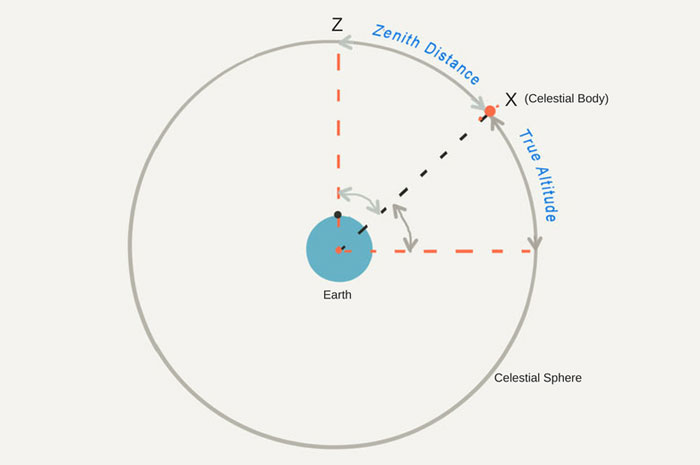






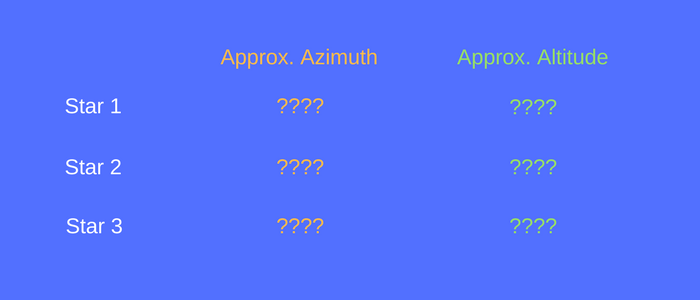


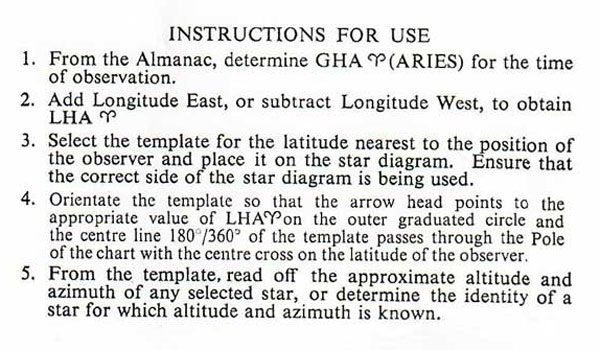






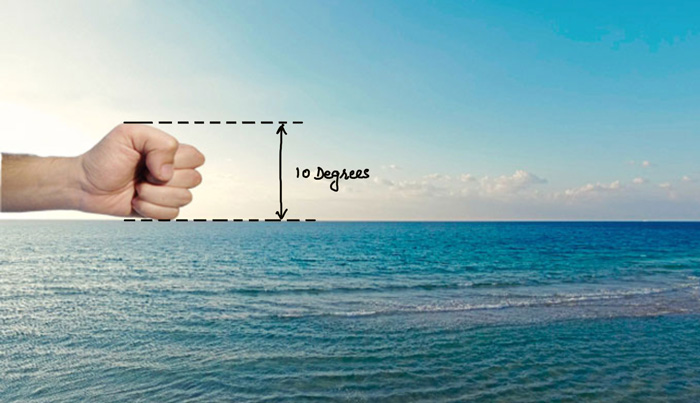

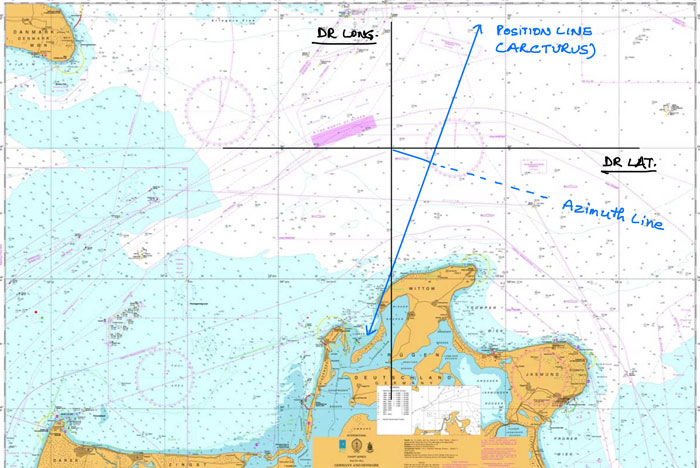

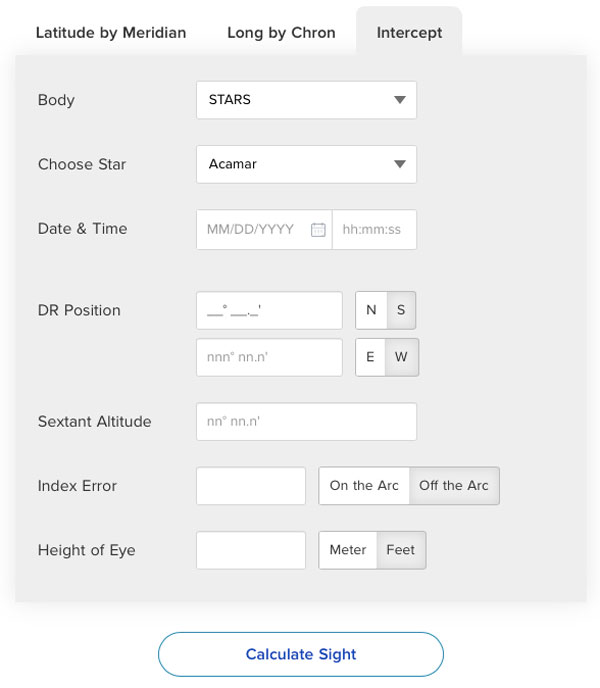
Sir, U made it in so simple language that there is no margin for doubt.. I don't think there would be any easy explanation like this.. It really clarifies the doubt iam having and hope so for other also it will be helpful.. Thanx again sir for ur effort.. Blessings for u...
Glad you found it useful Amit...